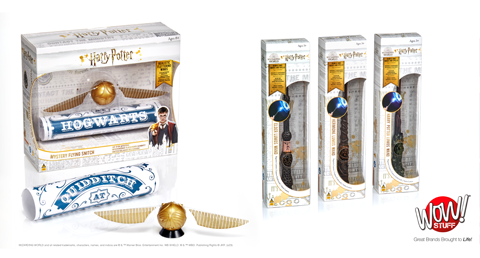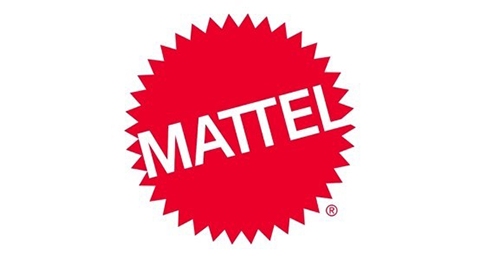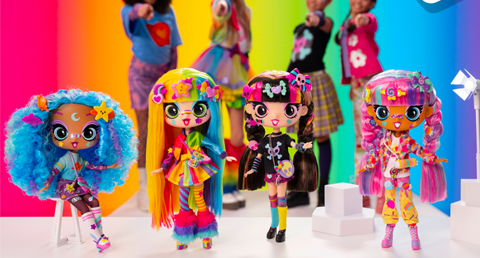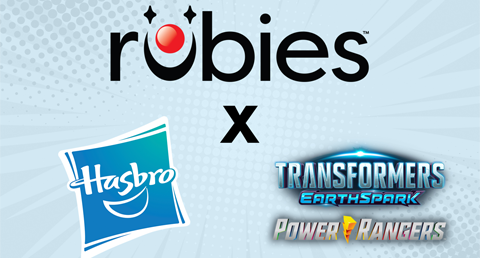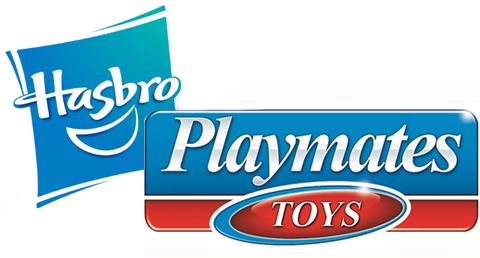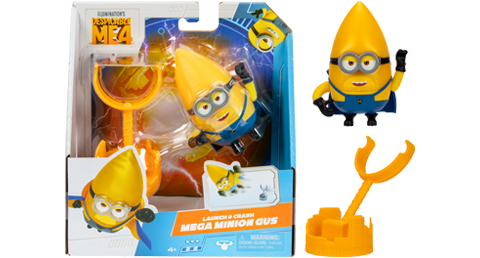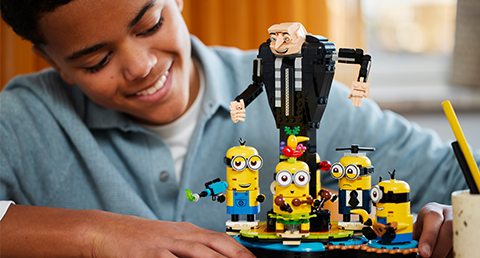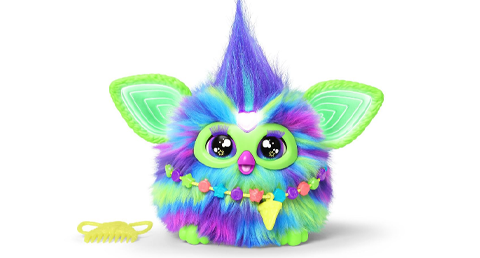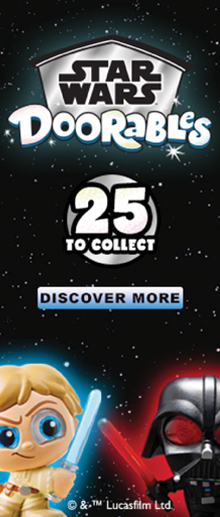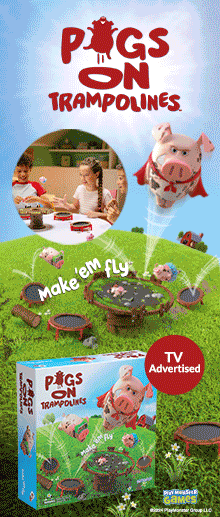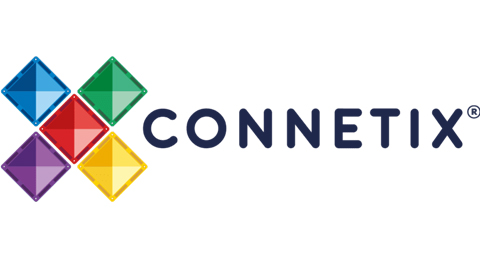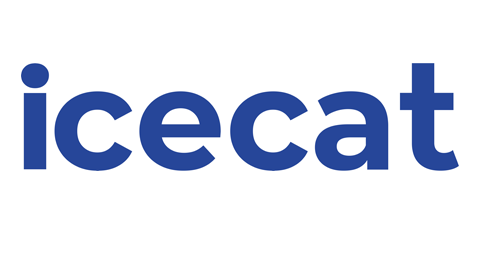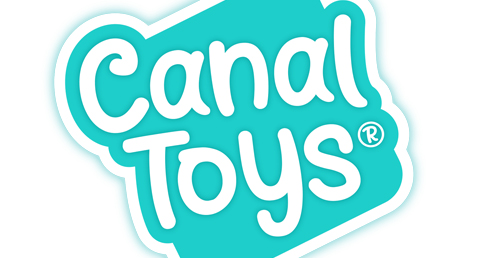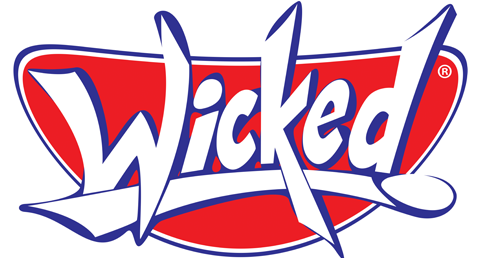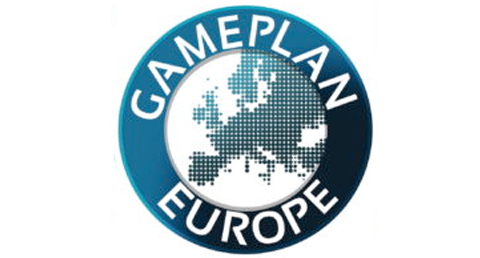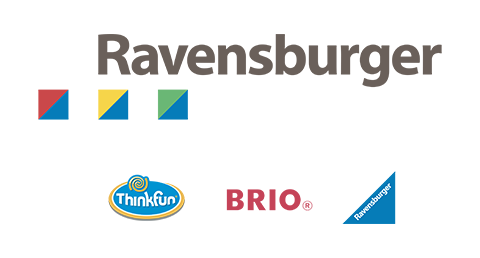New report exposes three main factors contributing to the rise in counterfeit & knockoff toys sold online, and details potential solutions.
 Just last month, a child in the US received a gift of what looked to be a popular magnetic toy set. But in fact, the toy was an illicit product sold by a third-party vendor via a popular ecommerce site, and did not comply with the strict safety standards and regulations that toys are subject to in the United States. As a result, an unknowing consumer was able to purchase the set, and the four-year-old was able to easily break apart the toys to ingest more than a dozen magnets, causing a life threatening situation.
Just last month, a child in the US received a gift of what looked to be a popular magnetic toy set. But in fact, the toy was an illicit product sold by a third-party vendor via a popular ecommerce site, and did not comply with the strict safety standards and regulations that toys are subject to in the United States. As a result, an unknowing consumer was able to purchase the set, and the four-year-old was able to easily break apart the toys to ingest more than a dozen magnets, causing a life threatening situation.
The proliferation of copycat and unregulated toys via online marketplaces raises significant safety and health hazards for consumers. The Toy Association’s new white paper – The Real Threat of Fake Toys: The Increase of Knockoff and Counterfeit Toys Sold Online & How to Fight Back – identifies three main factors contributing to the upsurge in knock-off, counterfeit, and otherwise illicit toys being sold via online marketplaces, including: insufficient vetting by marketplaces of sellers and products sold online; a burden of enforcement that is disproportionately placed on the IP rights holders (the brand owners); and consumers who are largely unaware of the scope of the problem and unknowingly purchase these products thinking they are held to the same standards as toys sold by legitimate companies.
Steve Pasierb, president and CEO of The Toy Association. commented: “Safety is the US toy industry’s number one priority and one child injured from a toy is one too many. Counterfeit products break laws, risk lives, and should not be sold anywhere, but can be abundant on some online marketplaces. Strong action must be taken to address these abuses. The toy industry is calling on all ecommerce marketplaces, the government, and all other stakeholders to work together to effectively and swiftly fix this problem before another child is needlessly injured by a counterfeit toy.”
Steve added: “Consumers have come to rely on ecommerce platforms to provide discounted pricing and wide selection of name-brand quality toys also found at brick-and-mortar retail. However, under the current marketplace system, illicit sellers with little or no accountability take advantage of this consumer faith by offering inferior and unsafe counterfeit toys that put our children at risk. Anyone selling toys in the US must be held to the same high safety standards that apply to the toy brands consumers have come to know and trust.”
The report is intended to be a living document that will be updated as developments occur. Member and consumer experiences, engagement with platforms, and policy updates will all be considered in future revisions.
To read the paper, click here.




